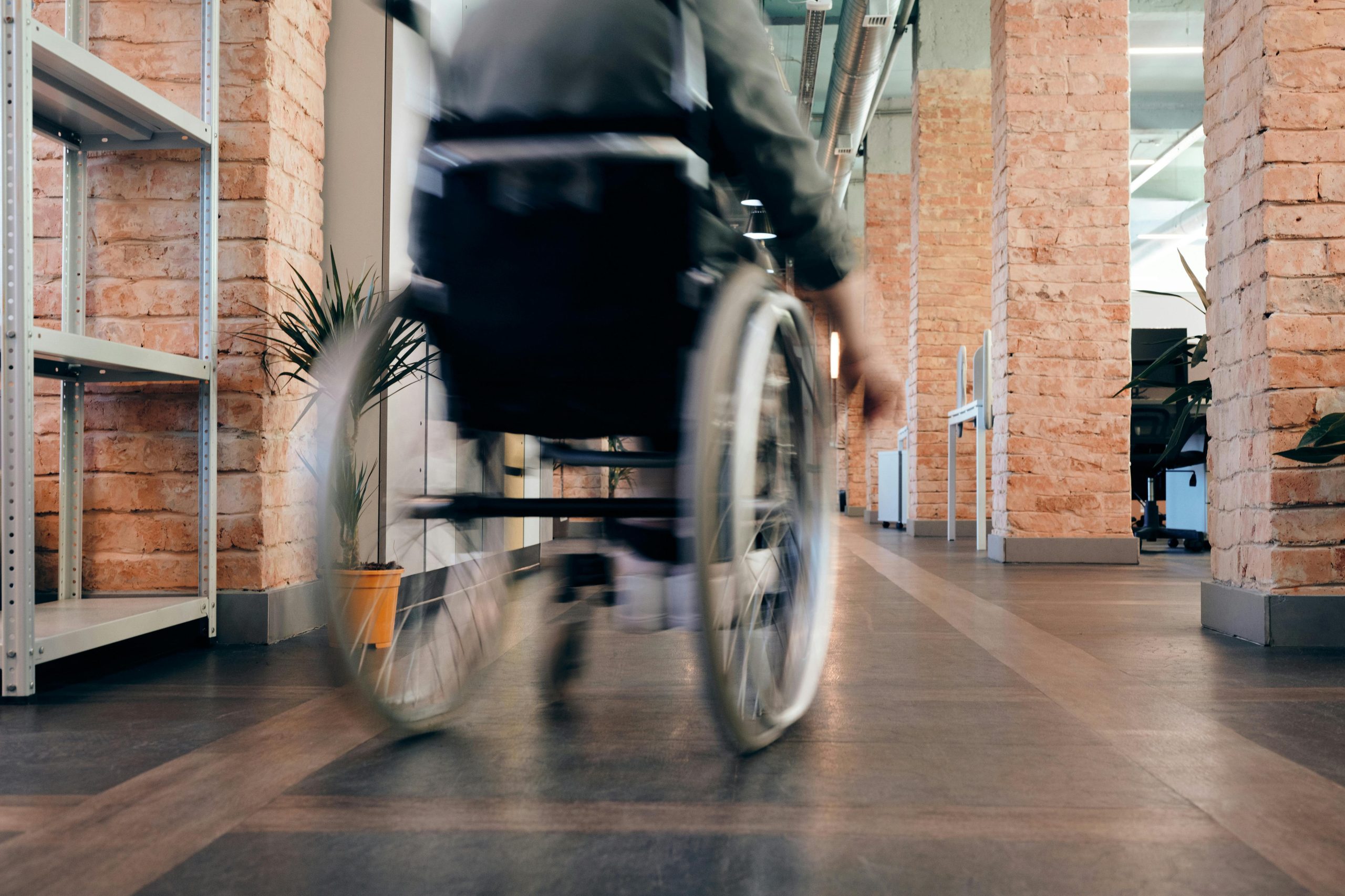When most people think about insurance, their minds jump to cars, homes, or medical bills. But what if the greatest risk to your finances isn’t a car crash or an emergency room visit—but simply being unable to work?
That’s where disability insurance comes in.
It doesn’t get much attention. It’s not flashy. You won’t see many commercials about it. But for working adults—especially those who rely on a single income or work in physically demanding jobs—disability insurance may be one of the most important financial protections you can have.
What Is Disability Insurance, Really?
Disability insurance replaces a portion of your income if you’re unable to work due to injury or illness. It’s not about covering hospital bills (that’s what health insurance does)—it’s about making sure your rent, groceries, and other living expenses are still paid when your paycheck stops.
It’s easy to think, “That won’t happen to me.” But the data tells a different story.
According to the Social Security Administration, more than 1 in 4 of today’s 20-year-olds will become disabled before reaching retirement age. And “disabled” doesn’t necessarily mean a dramatic accident—it could be chronic back pain, cancer, a serious illness, or mental health conditions that prevent you from performing your job.
Short-Term vs. Long-Term Disability Insurance
There are two main types of disability coverage:
- Short-term disability insurance usually lasts a few months (commonly 3–6 months) and kicks in quickly, often within a week or two. It’s meant to cover temporary conditions like recovery from surgery, pregnancy complications, or short-term illness.
- Long-term disability insurance typically begins after a waiting period (often 90 days) and can last years—or until retirement—depending on the policy. This is what protects you if you’re out of work due to a major health event or lasting injury.
Some people have one or the other. Ideally, you’d have both.
What Does It Cover?
Disability insurance usually replaces 50% to 70% of your income, depending on the policy. That may not seem like much, but it’s often enough to cover essentials while you recover.
Importantly, most policies define “disability” in two different ways:
- Own-occupation: You’re considered disabled if you can’t do your specific job, even if you could do another type of work. This is the more protective (and often more expensive) type.
- Any-occupation: You’re only considered disabled if you can’t do any job at all. These policies are harder to qualify under when filing a claim, but they cost less.
Understanding this distinction is crucial—it can determine whether your policy actually pays out when you need it.
Why You Can’t Rely Solely on Social Security Disability
Yes, Social Security Disability Insurance (SSDI) exists. But qualifying is difficult, the approval process is slow, and the benefits are minimal—averaging around $1,400 a month. It’s not designed to replace your full income or maintain your current lifestyle.
Private disability insurance fills that gap.
Who Should Consider It?
- Freelancers and self-employed workers who don’t have access to employer-sponsored plans
- Primary breadwinners in a household, especially with dependents
- People with physically demanding jobs (like construction, healthcare, or manufacturing)
- Young professionals who want long-term financial protection while premiums are still affordable
Even office workers aren’t immune. A repetitive stress injury or chronic illness can be just as disabling as a broken leg.
Cost and Coverage Considerations
Premiums for disability insurance vary based on age, occupation, income, health history, and the terms of the policy. Generally, you might pay between 1% to 3% of your annual income for a good long-term disability policy.
That might sound like a lot—until you consider what losing your entire income for months or years could mean.
What to Look for in a Policy
- How long the benefits last
- How long you must wait before benefits begin
- Whether it covers partial or residual disability (important for part-time returns to work)
- Inflation protection (so your benefits don’t lose value over time)
- Mental health coverage (some policies limit or exclude it)
Final Thoughts
Disability insurance isn’t about fear—it’s about foresight. No one expects to be sidelined by illness or injury, but it happens. And when it does, the last thing you want is to be scrambling to cover rent while you’re trying to recover.
You insure your car, your home, and your health. But your income—the thing that makes all those other expenses possible—deserves protection too.
Disability insurance may not be glamorous, but it’s one of the most practical and empowering steps you can take to safeguard your financial future.




